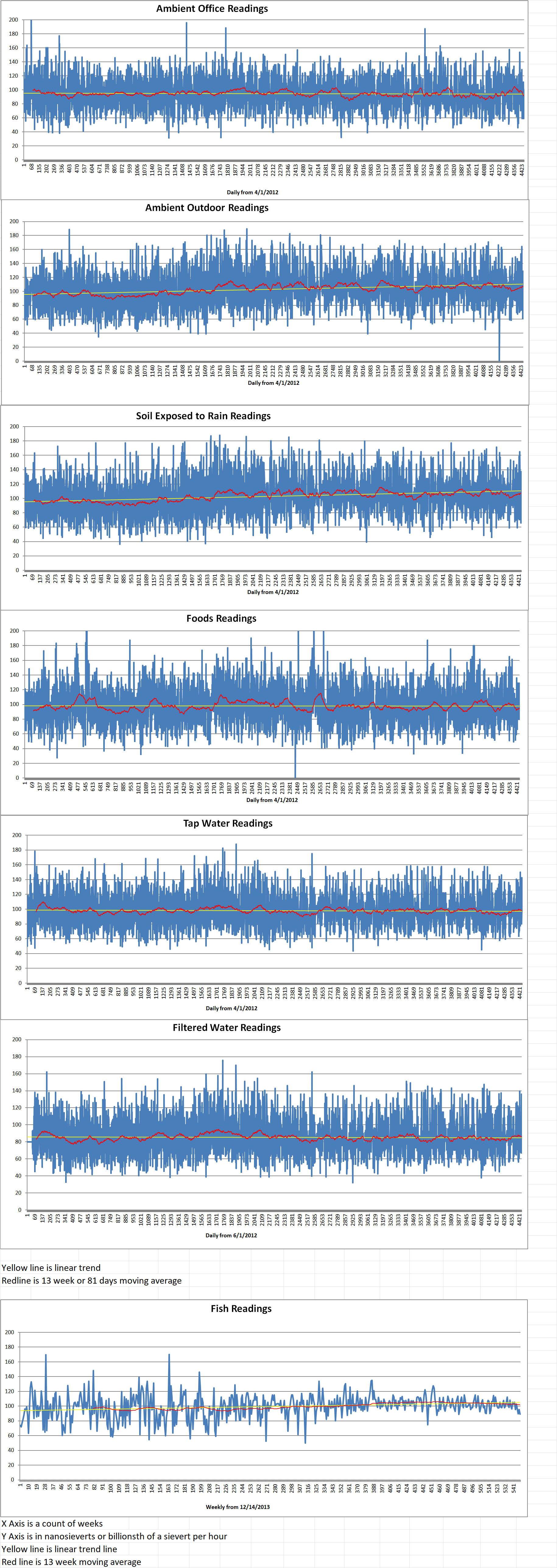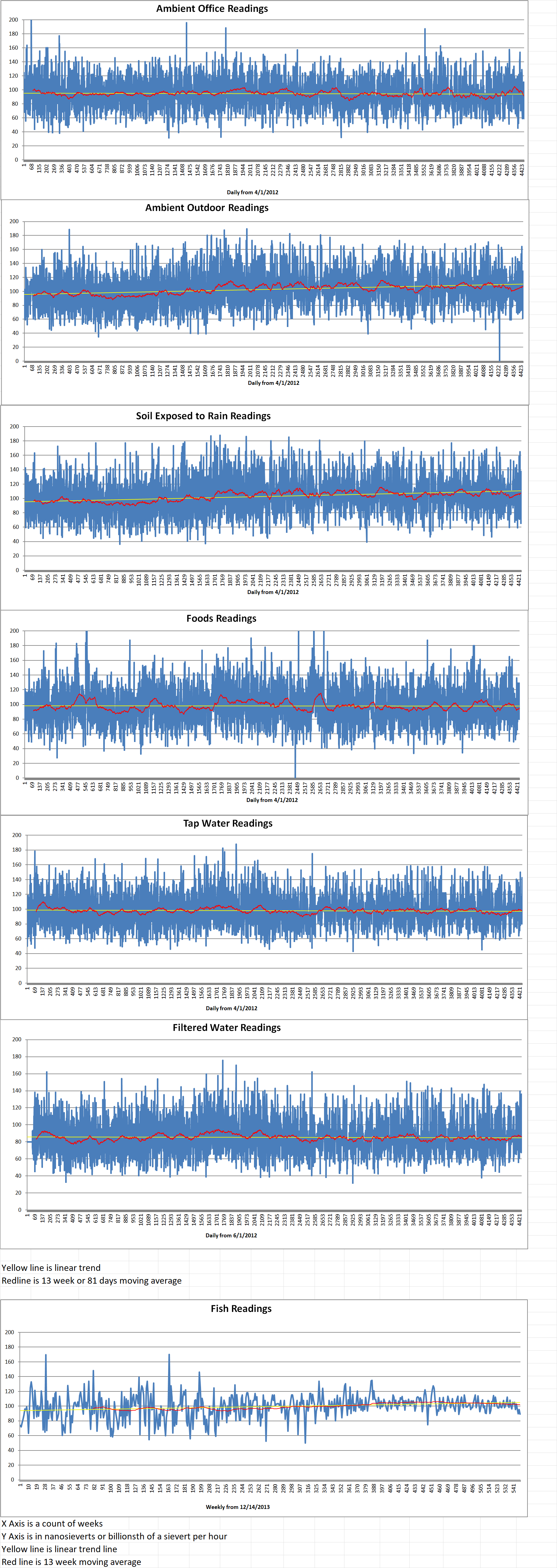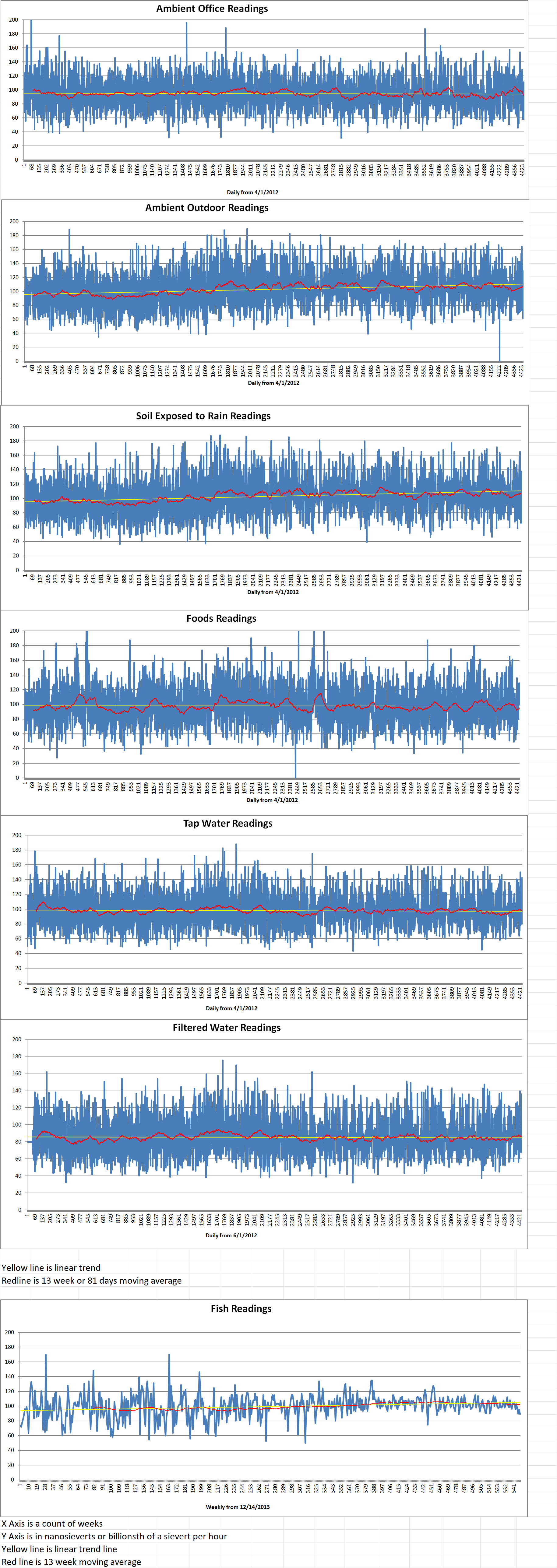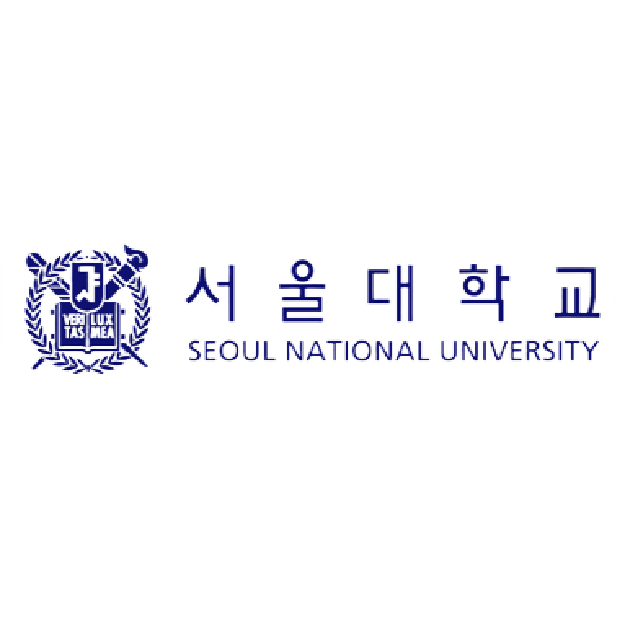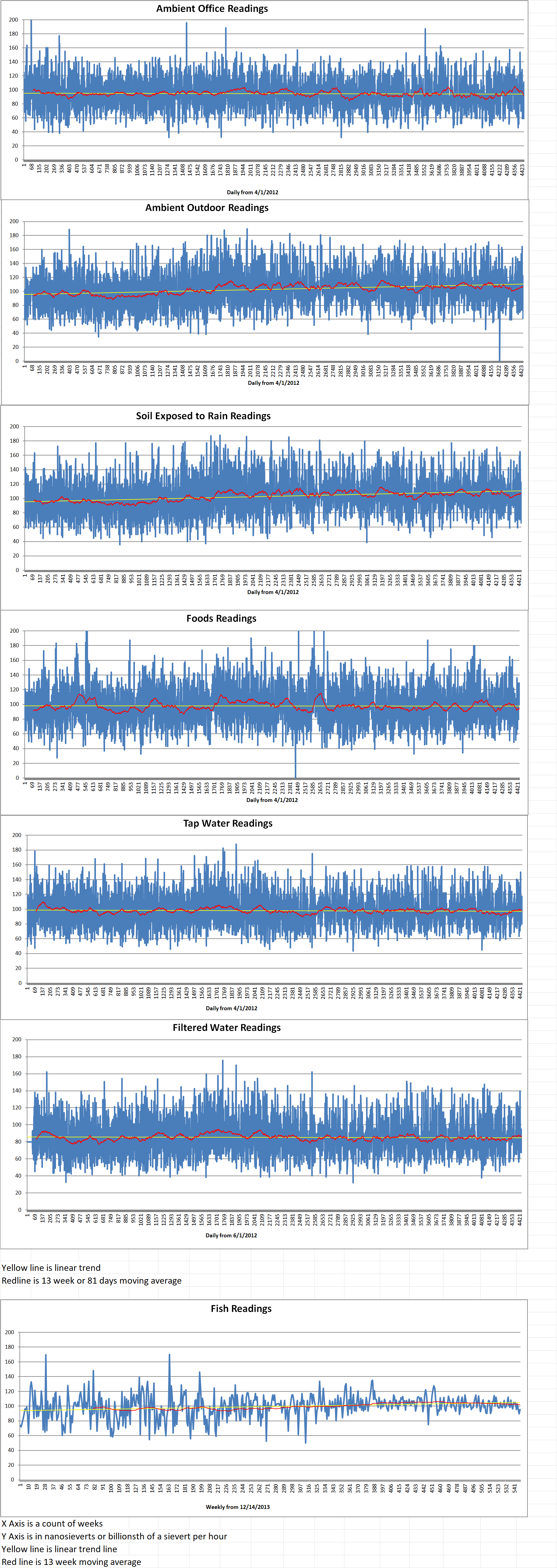Newcleo is a nuclear reactor developer dedicated to designing and building innovative lead-cooled fast reactors (LFRs) for sustainable energy solutions. It has submitted its Safety Option File for its fuel assembly testing facility to France’s nuclear safety regulator, the Autorité de Sûreté Nucléaire (ASN’s). The ASN’s official opinion on the submitted safety options will play a role in securing the application for authorization to construct such a facility.
Newcleo said, “This milestone marks the beginning of a new regulatory phase, during which the project’s key safety options will be reviewed, paving the way for an application for authorization to create a Basic Nuclear Installation (INB). This opinion will represent a new strategic milestone in Newcleo’s plans and timelines, initially focusing on an advanced fuel assembly testing facility to supply its first LFR.”
On the 26th June of this year, Newcleo finished the preparatory stage established by the French authorities for developers of small modular reactor (SMR) projects to facilitate, secure and accelerate the review of license applications. The company said that during the preparatory stage, ASN and its technical arm, the Institute for Radiological Protection and Nuclear Safety (IRSN), reviewed the maturity of Newcleo’s project and discussed all safety options for its LFR projects and the associated nuclear fuel manufacturing plant.
Newcleo plans to directly invest in the construction of a mixed uranium/plutonium oxide (MOX) plant to fuel its reactors. In June of 2022, the company announced it had subcontracted France’s Orano for feasibility studies on the establishment of a MOX production plant.
Stefano Buono is the Newcleo founder and CEO. He commented on the submission of the Safety Option File for the fuel assembly testing facility, “This major milestone demonstrates the confidence placed by French nuclear authorities in our vision and technological choices. We are pursuing our discussions with the ASN, IRSN, and other relevant authorities to meet the most stringent requirements. Our advanced fuel assembly testing facility is designed to meet the growing demand for decarbonized energy, strengthen European energy sovereignty, and guarantee the highest standards of nuclear safety.”
Newcleo’s strategic roadmap includes the development of a demonstration reactor in Italy by 2026, the establishment of its fuel assembly testing facility in France by 2030, the construction of a reactor prototype in France by 2031, and the commissioning of commercial reactors starting in 2033.
Newcleo’s LFR is one of about ten SMR designs currently being evaluated by ASN and IRSN. Four vendors are now in the initial stage, referred to as prospective monitoring (Blue Capsule, Hexana, Out and Stellaria). Newcleo, Naarea, Calogena and Thorizon are now in step Two, the preparatory review. Nuward is in the third step, which is the pre-instruction stage where ASN will deliver an opinion on the main safety options to be used in its SMR design. Jimmy is in step 4, where it has requested a “creation authorization decree” from ASN to build an SMR intended to supply industrial heat to a Cristal Union Group plant which is located on the Bazancourt site.
Newcleo

